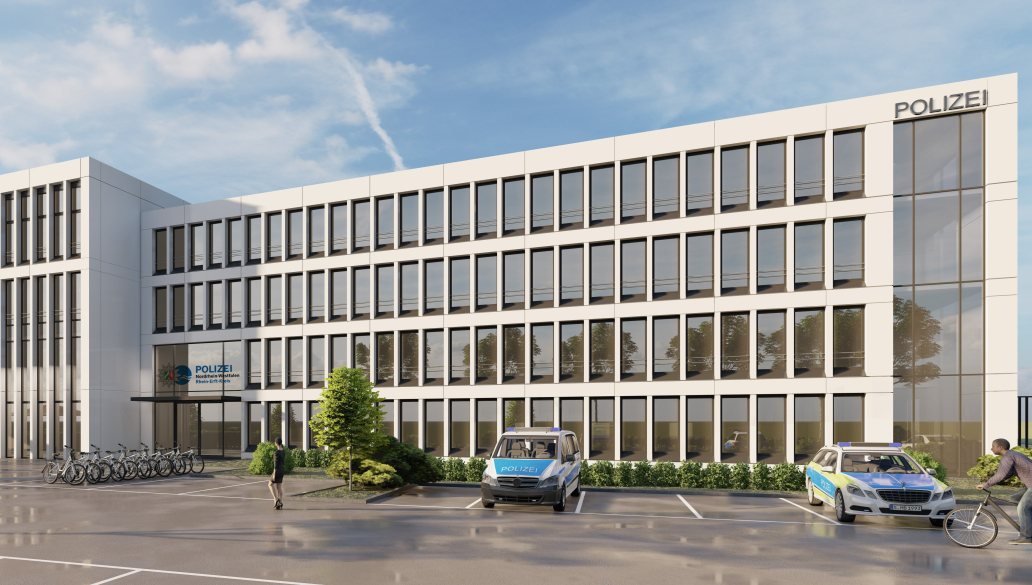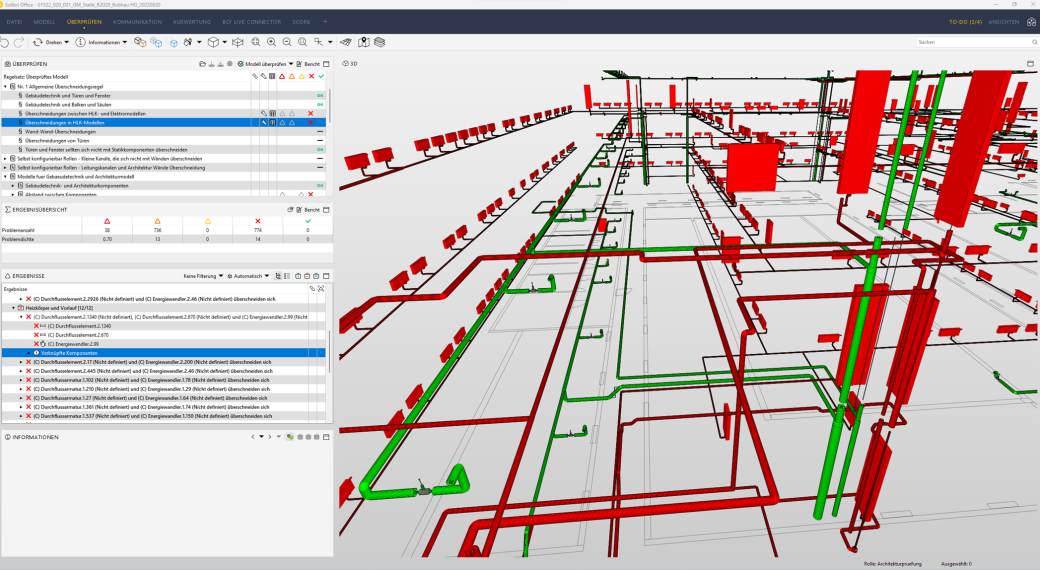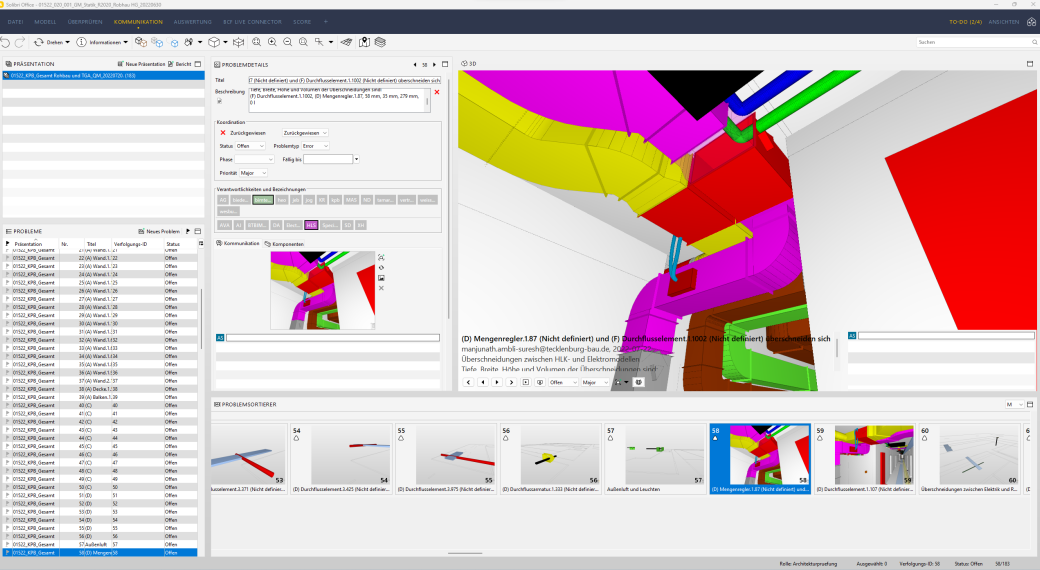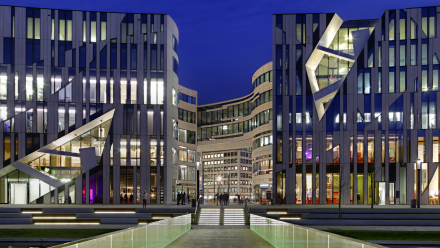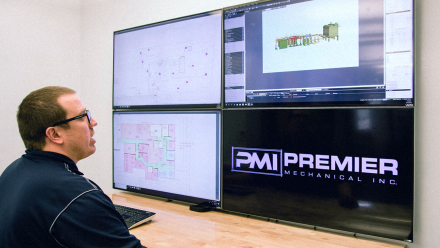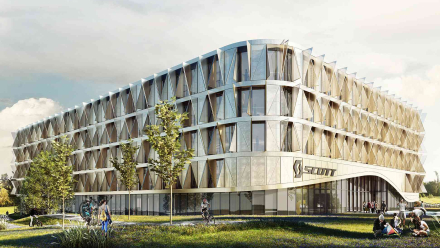Facts
Location
Rhein-Erft-Kreis, Nordrhein-Westfalen
Nemetschek Group Brands
ALLPLAN
Solibri
Client
Tecklenburg Bau
Owner
Kreispolizei Rhein-Erft-Kreis
Technology used
Allplan
Solibri
Manjunath Ambli-Suresh ‒ BIM-Manager and Coordinator at Tecklenburg
"Thanks to the strategically and conceptually mature approach and the use of Nemetschek's professional BIM tools, we are able to hand over the newly constructed building to the county police department on time. Our client very much appreciated that he was transparently informed at all times about the status and the next steps."
New Building of the District Police Department
In Bergheim (North Rhine-Westphalia), the new building of the district police department of the Rhein-Erft district is currently under construction. The use of BIM for all planning and construction phases was mandatory for the construction project, which was put out to tender throughout Europe. The construction company Tecklenburg (founded in 1878), which had not previously used BIM, was determined to win the contract and therefore engaged a BIM expert and initiated a comprehensive transformation process, which was intensively supported by the Tecklenburg management.
The building project has a gross floor area of 17,000 m² and is to provide space for 430 people in approx. 550 rooms. In addition to the BIM specification, it was to be planned and built in accordance with DGNB Gold certification (sustainable in planning, construction and building management). One challenge was the high level of secrecy for the police custody cells. Even companies carrying out the construction were to have minimal insight into the plans.
60 Percent of Planning in Allplan
Tecklenburg has used BIM applications in all project phases and departments: Architecture, building physics, structural design, precast plants, building services, costing, construction, and facility management.
60 percent of the entire planning could be done in Allplan alone, including the necessary costing and billing. This has resulted in a shorter design phase with significantly fewer working hours. Without BIM, three times the time and effort would have been required to design the building.
A major advantage of BIM for Tecklenburg is transparency and collaboration. This allows to see how costs develop over the course of the project and to adjust and optimize their calculation for further projects.
7,800 Collisions Resolved Semi-Automatically
The contractor relied on Solibri for error detection, compatibility checks and collision detection. These quality assurance measures led to significant cost savings because they avoided supplements, construction delays and unnecessary consumption of resources. As a result, Tecklenburg was able to find and resolve 7,800 collisions during the planning phase - before they led to costly delays on the construction site.
The collision checks were based on the predefined check rules that are part of the Solibri Office library and can be combined and parameterized as required. A ticket system was connected to Solibri in order to digitally manage and process the quality improvements. In addition, Solibri was also used to compare different design versions and for extensive data analyses.
Advantages through the use of BIM Software
The complete digital planning and control of the construction project could be realized without delays thanks to the BIM tools in close coordination with the police. The building was handed over in the middle of the third quarter of 2023, as contractually agreed. The costs also remained within the specified framework - not a matter of course for large public construction projects.
The use of BIM with Allplan and Solibri along the building lifecycle shows how construction companies can gain security, save costs and work much more efficiently. Thinking in workflows, rather than silos, significantly increases transparency, collaboration and thus efficiency.

